Lasius queens:
Caught 6-29.
7mm, pushing 8 max.
They range from red, to yellowish red, to reddish brown.
Other info: caught near several known L. Interjectus colonies. I've been checking my 'traps' everyday for queens. Tonight must have been their first major flight. It rained all day yesterday, today was humid and had a high of 90. It was 87 when I caught them.
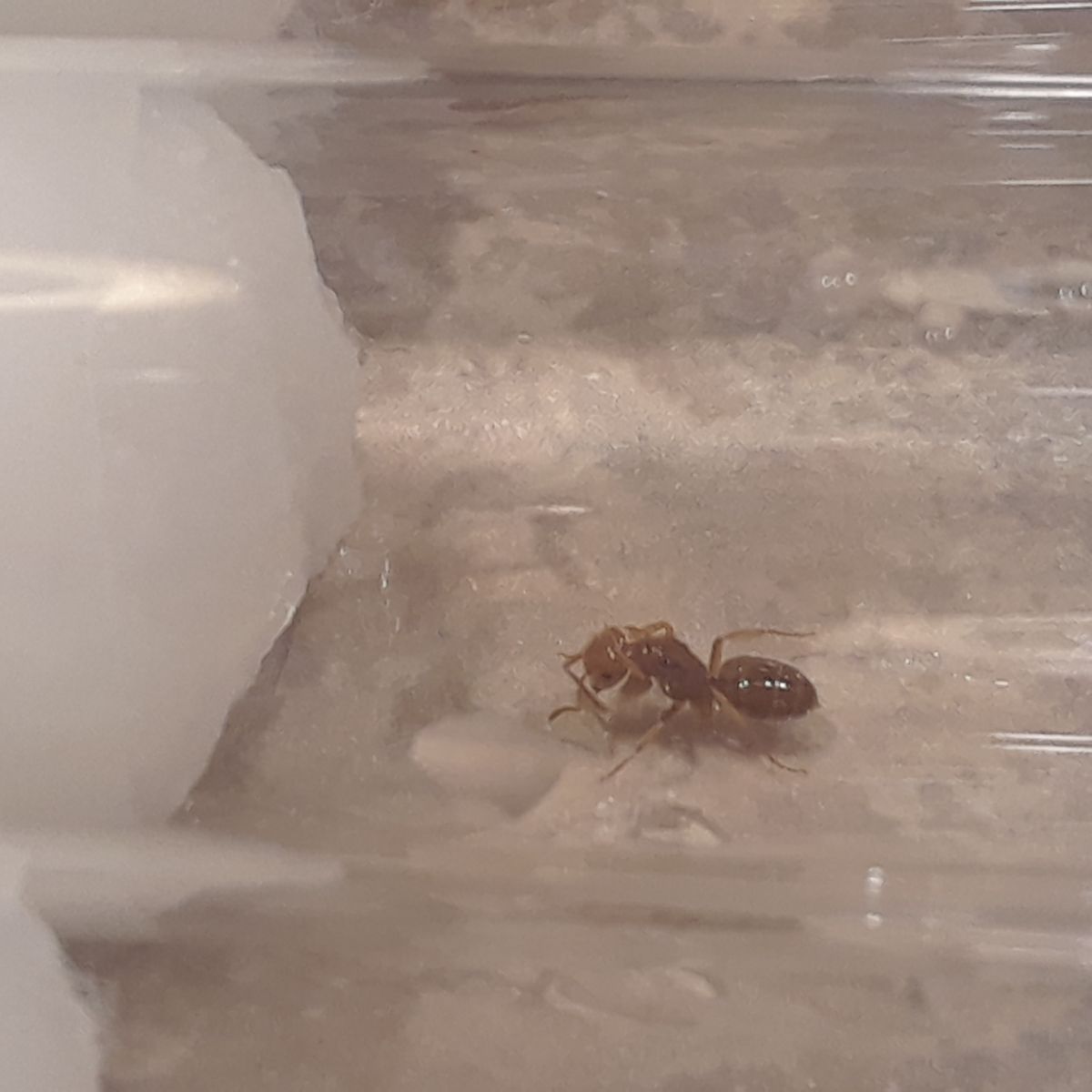
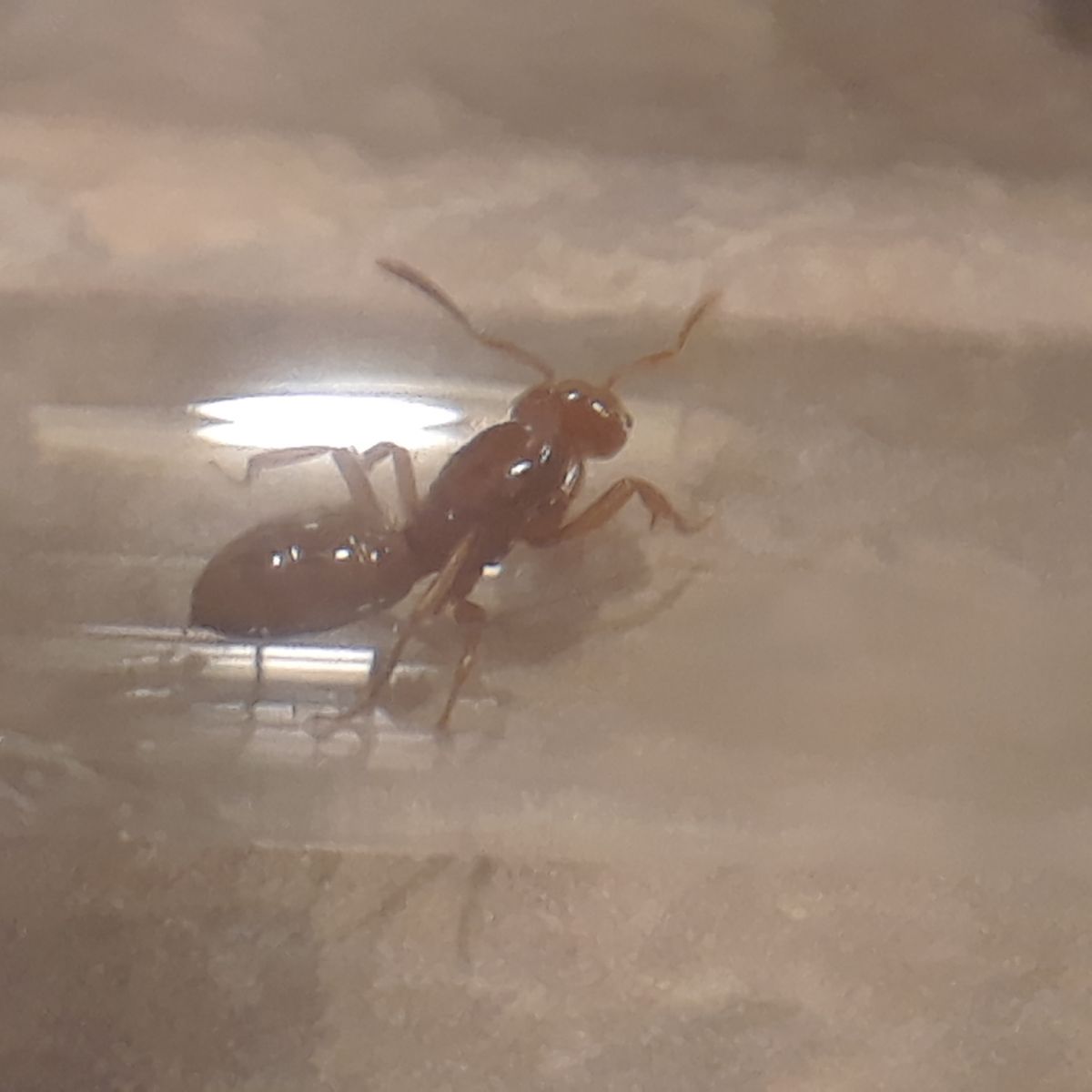
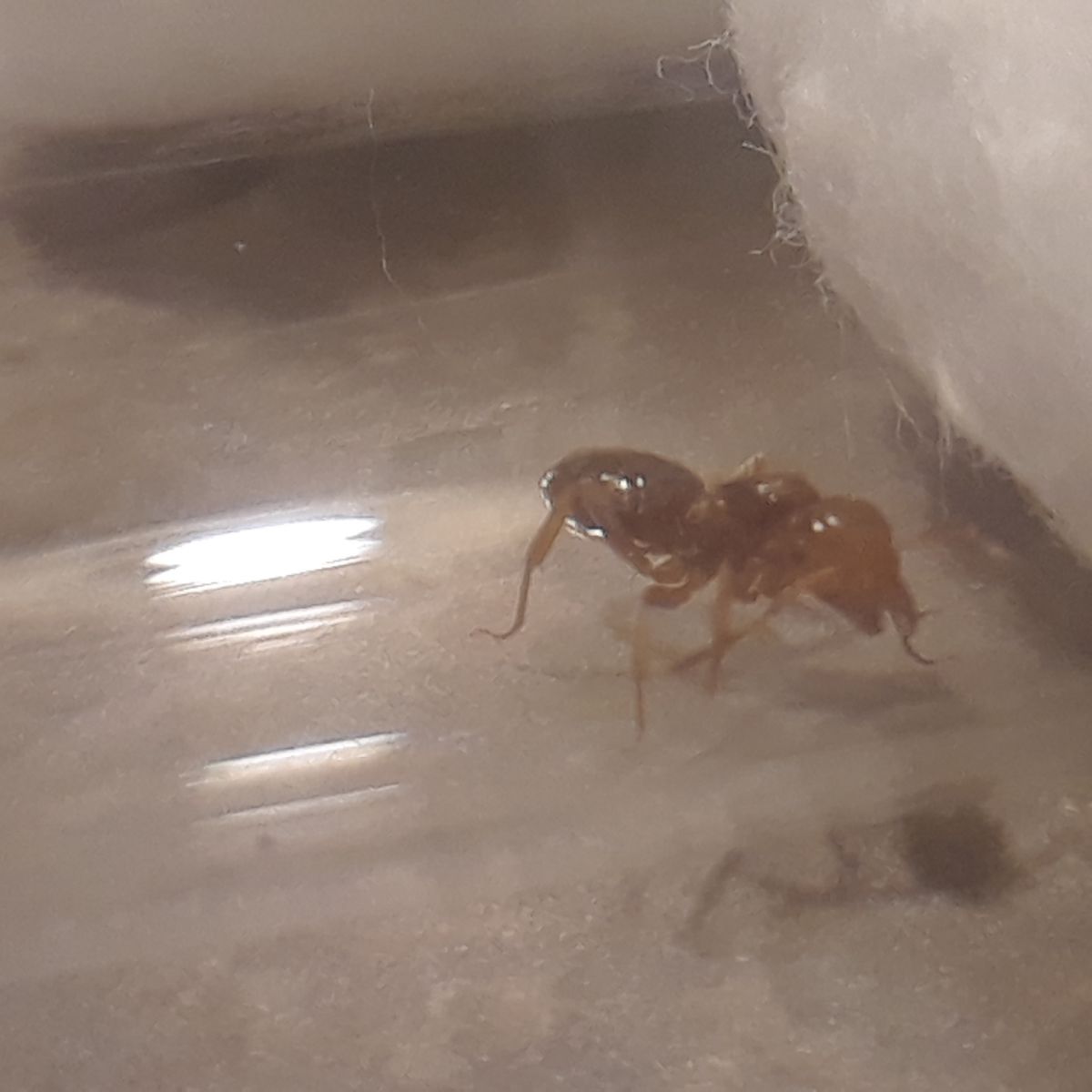
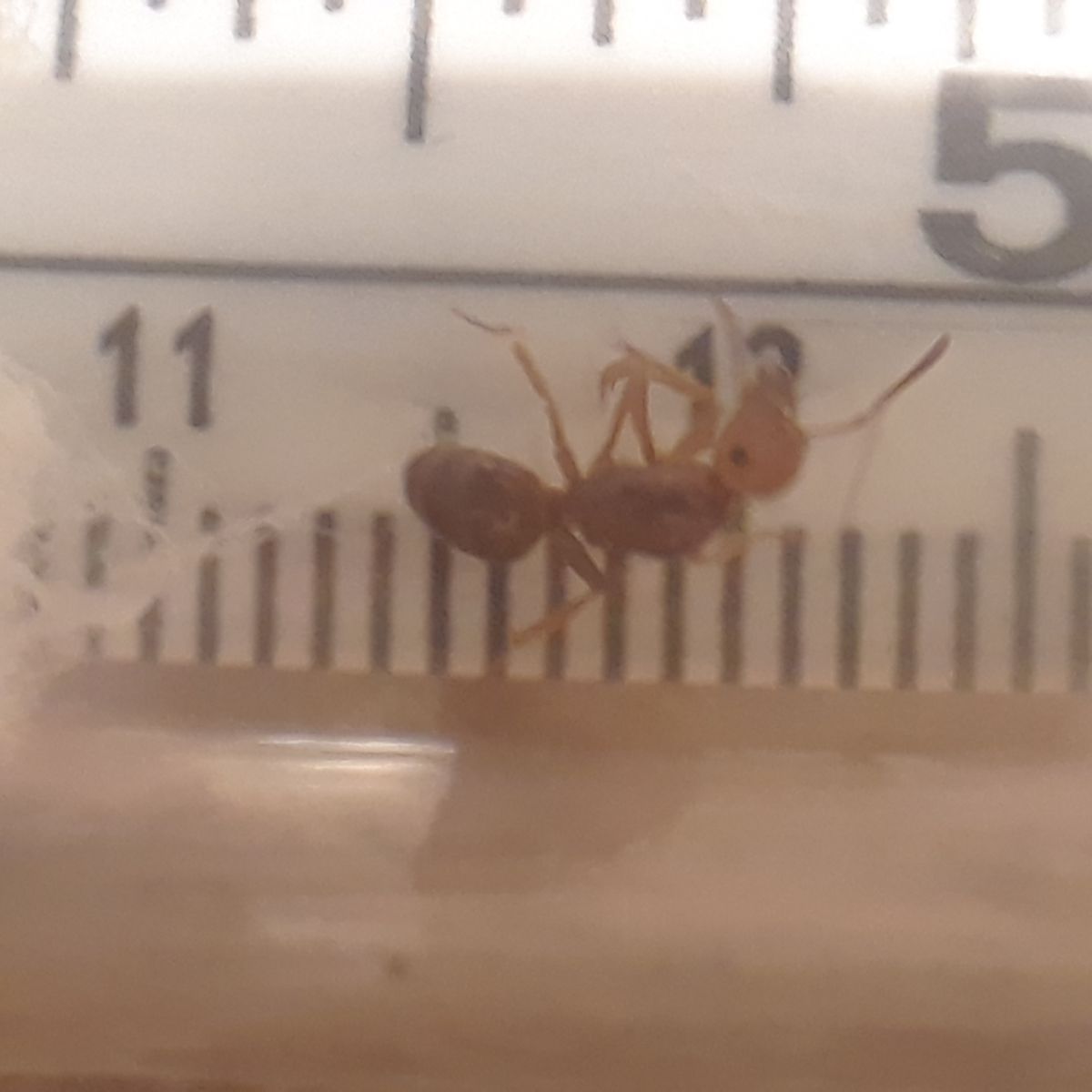
Formica Sp.
Same day/time as above
10mm
Same color as the Lasius. In fact I thought it was another one at first glance, but soon realized it wasn't. It has dark bands around the gaster as well.
Other info: As stated above, found near an entrance to another Formica nest, under a stone. She's quite aggressive as well.
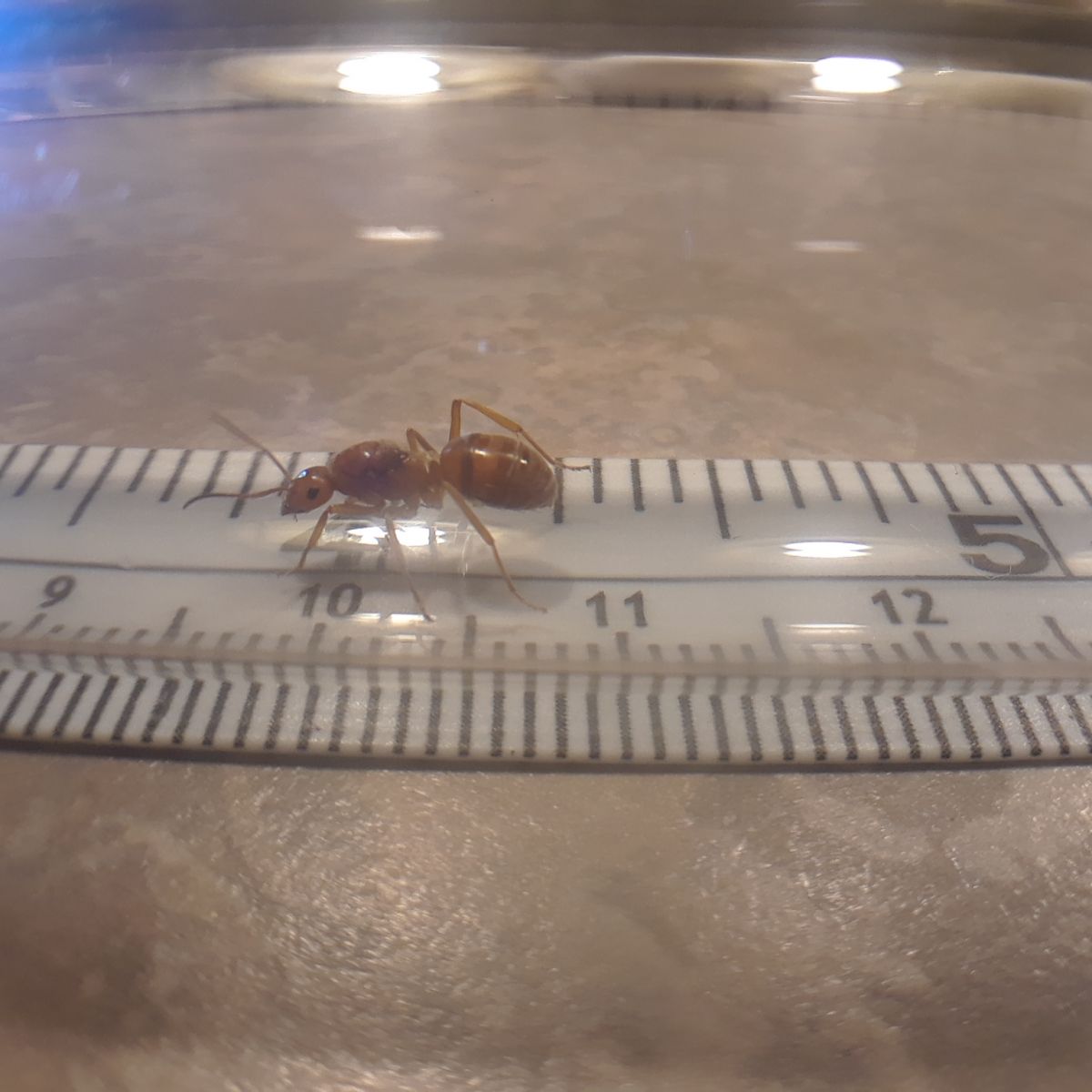
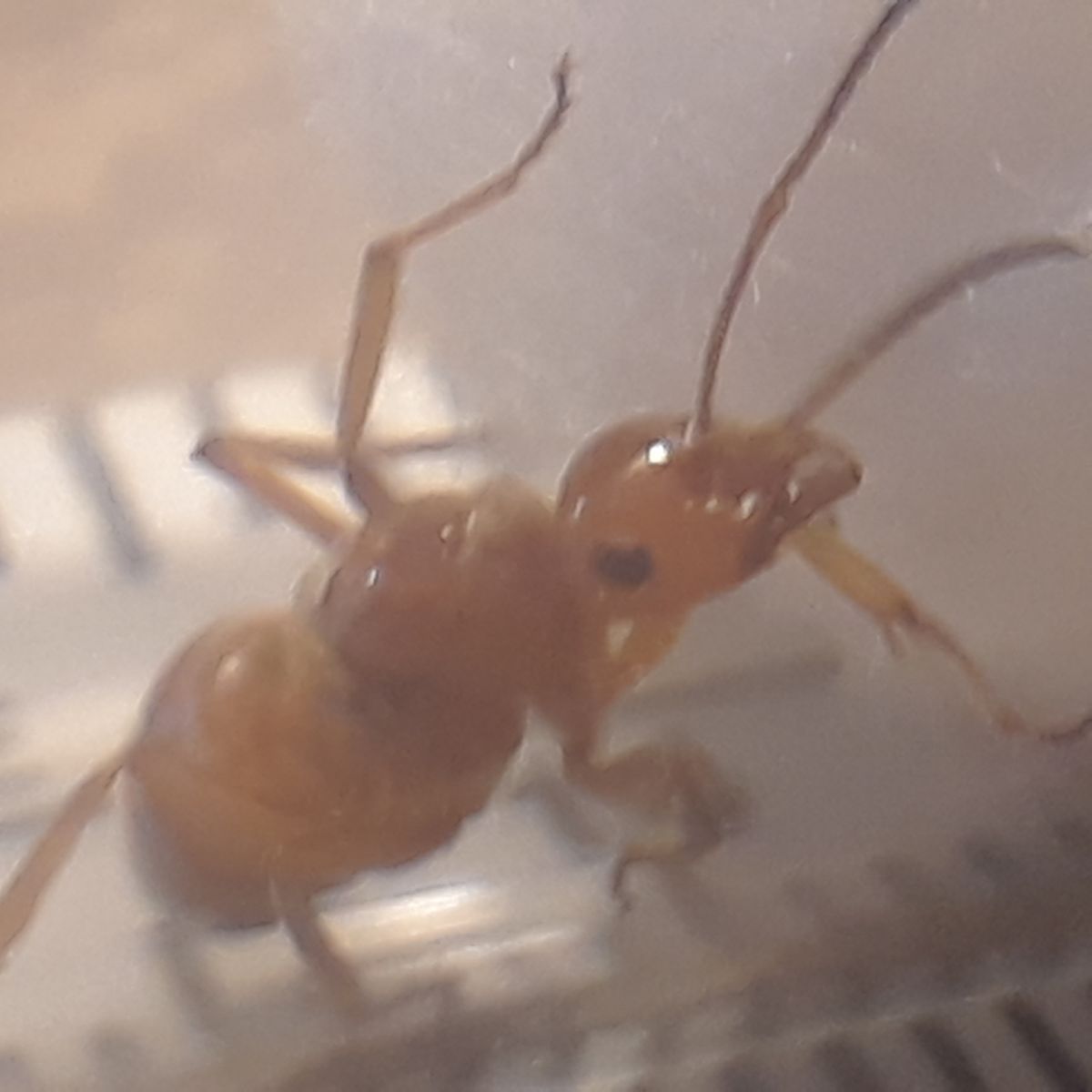
Please forgive any grammer/spelling mistakes. It's late and I need to get to bed. Thanks in advance!
Edited by Jamiesname, June 28 2018 - 7:19 PM.
















